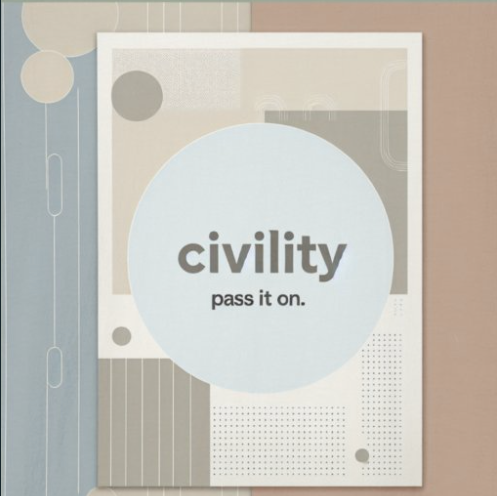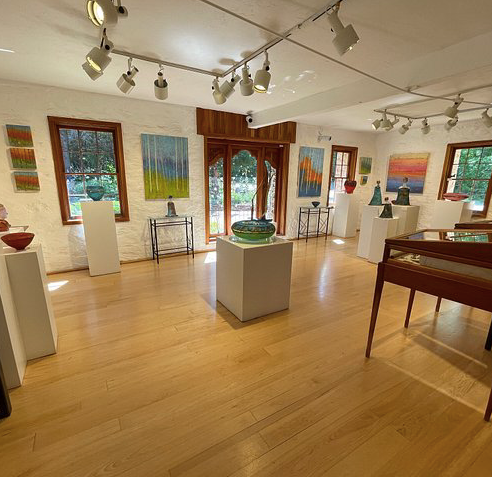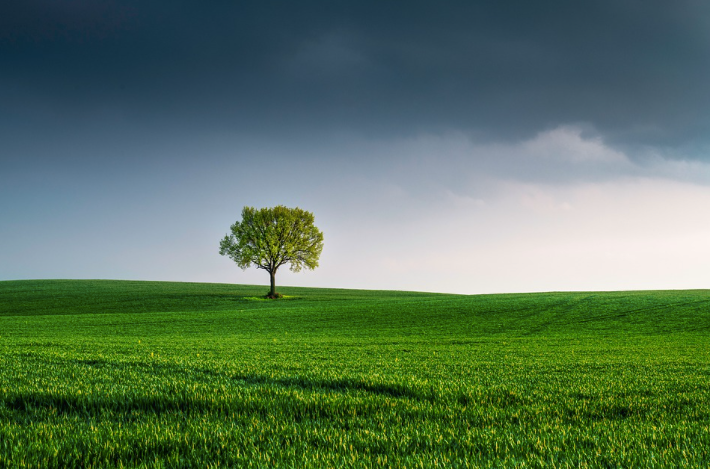UP ARTS GALLERY BLOGS
We all have the ability to be an artist. It may not be with a brush, a pencil, an instrument, or clay. However, we can all express ourselves in a positive way that is uplifting and brings us joy.
The art of Civility

Portraying civility as art allows it to take shape in every medium as an exploration of restraint, grace, and mutual respect. Here’s how civility might manifest across different art forms:
Literary Arts:
Stories
Stories about civility would center on quiet acts of bravery — people choosing understanding over argument, community over isolation.
· A short story set in a city divided by ideology might follow two neighbors who build a shared garden despite disagreements.
· A historical fiction piece could depict a young diplomat preventing a war through empathy and respectful dialogue.
Poems
Poems on civility would use calm rhythms and precise language, conveying harmony through natural imagery — rivers negotiating with stones, wind sharing space with leaves. A poet like Mary Oliver or Ross Gay might write of coexistence, where gentleness itself becomes a form of resistance.
Songs
Songs reflecting civility would have warm melodies, layered harmonies, and lyrics centered on listening, forgiveness, and shared humanity — in the spirit of artists like Tracy Chapman or Norah Jones. The tone would be reflective but hopeful, encouraging balance and connection rather than confrontation.
Dances
In dance, civility would appear in smooth, synchronized motions emphasizing awareness of the other dancer's space.
· A modern piece might show dancers meeting tension with yielding movements.
· A ballroom duet could highlight cooperative flow — every step depending on mutual trust.
· Indigenous or folk forms might express community through circular formations, hands joined, energy balanced.
Paintings
Visually, civility could be shown through restraint in color and form — soft transitions, no harsh edges, elements coexisting in visual dialogue.
· Abstract artists might use gentle gradients with interwoven lines symbolizing connection and balance.
· A figurative painter could show people in conversation, each figure partly illuminated by another’s light.
Pottery
Pottery inspired by civility might display seamless symmetry — hand-thrown bowls with balanced proportions or glazes that merge instead of contrast.
The potter’s fingerprint, left visible, would honor the fragile humanity of every maker and user.
Sculpture
Sculptures could embody civility through harmony in tension — two forms leaning toward each other yet maintaining space, perhaps in polished stone or interlocking bronze.
Artists like Antony Gormley or Barbara Hepworth might create open shapes where empty space symbolizes respect between boundaries.
Other Visual Art
· Textiles: Woven pieces where opposing colors blend at the seams, symbolizing respectful unity.
· Calligraphy: Words written in flowing balance — each letter giving room to the next.
· Glass Art: Translucent layers interacting with light, representing clarity of intention and openness.
Portraying civility through art invites viewers and creators to value subtlety — the quiet strength of care, the beauty of coexistence, the poetry of restraint.








